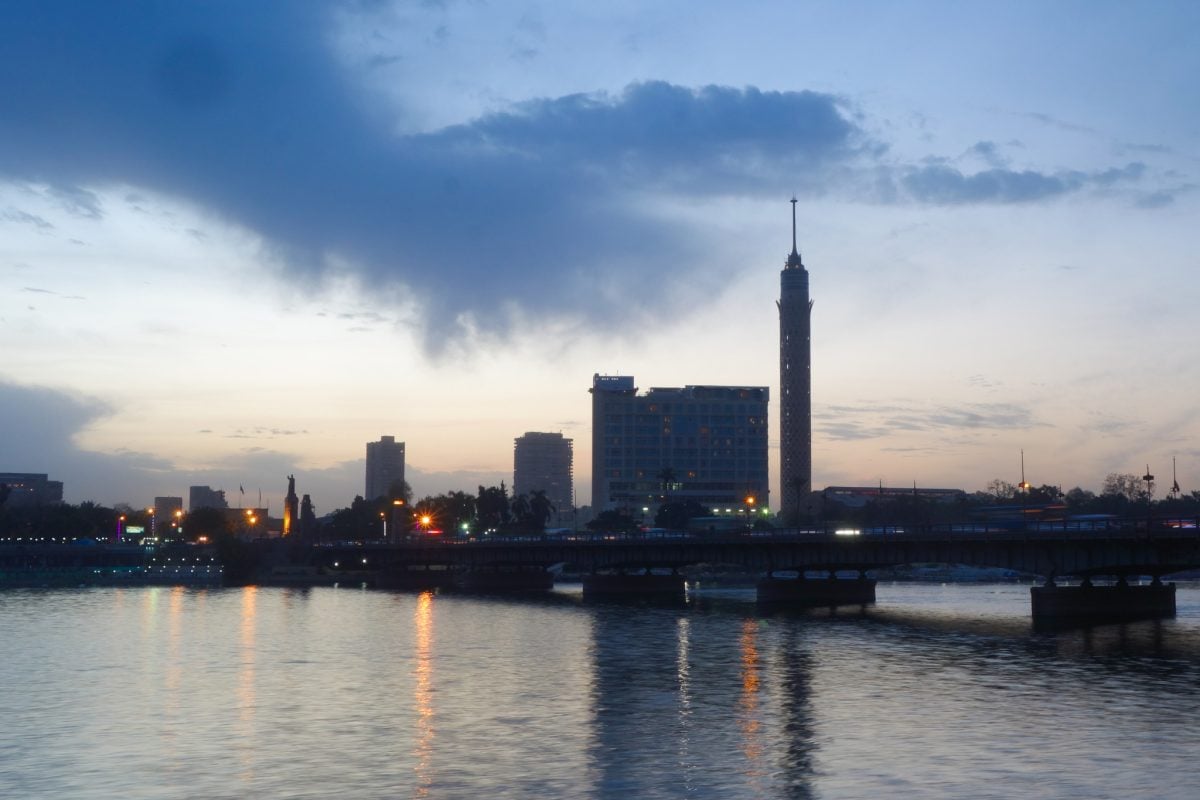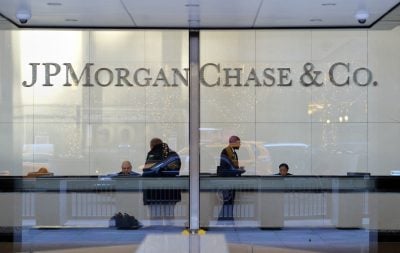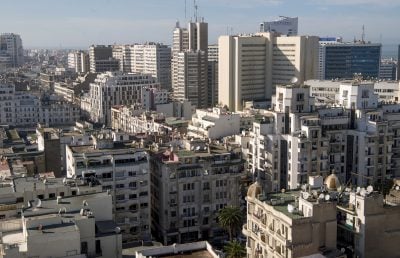This year’s survey of Africa’s Top 100 Banks looks beyond the doom and gloom of the pandemic, with a ranking based on financial results which nearly all predate the virus’ choking effects on individuals and economies.
The good news is that going into the pandemic the banks were on the whole better capitalised than they have been in the last 10 years. The 2020 ranking also highlights the longer-term trends transforming banking in Africa, which will reassert themselves as economies recover and some accelerate out of the pandemic.
The number of banks in Africa is declining, even as the amount of people with access to financial services and the number of financial transactions soars – it’s a good thing on the whole as you have bigger and stronger banks.
For example, Nigeria has seen the number of banks fall from 89 in 2004 to 27 in February. More consolidation is predicted – between 2016 and February 2020, Kenya saw 10 mergers or acquisitions and three bank failures. In many countries, banks with heavy fixed costs from “bricks and mortar” branches have been facing headwinds.
Competitive banks are riding the wave of innovation and digitisation and competing with fintechs forcing the pace of change. South Africa’s TymeBank, an exclusively digital cloud-based retail bank, announced in July it had reached 2m customers – including 18,000 small businesses – ahead of its scheduled plan for December. Only launched in February 2019, it said it was adding 6,000 customers each working day, including some 400,000 during lockdown, and had attracted R10bn ($613m) in deposits.
Banks retain advantage as fintech advances
Africa’s best-known banking revolution is already a teenager. In 2007, Kenya’s Commercial Bank of Africa launched a partnership with Safaricom that gave rise to the M-Pesa and M-Shwari mobile money banking products. According to the Central Bank of Kenya, by July 2020 there were 62m mobile money accounts and 234,700 mobile money agents. During 2019 there were 1.8bn mobile money transactions totalling $42.9bn across all providers, some 45% of gross domestic product (GDP).
This year, many countries have encouraged a switch to mobile payments to avoid Covid-19 infection risks from handling cash, and mobile money operators waived charges for some during the peak months. Social welfare payments were also dispensed through digital platforms, a trend unlikely to reverse.
Despite fintech innovation, banks still hold a clear advantage and their relevance and dominant positions are not under threat just yet. Country and regional leaders continue to grow and make profits, as shown by the stability in top rankings on the tables over the years. In addition, many of the giants are accelerating their digital transformations, creating fintech labs within their organisations or working closely with fintechs to create new products.
The rankings can be affected by currency swings. 2019 saw less exchange-rate volatility for African countries against the US dollar than in previous years. Bank financial results and balance sheets are rebased to US dollars for ease of comparison. In particular, the rand-dollar rate strengthened slightly, after a heavy fall the year before.
Africa still great for profits
The crown for profitability among the top 10 banks stays with #3 ranked FirstRand, with net profit up 10% to $1.6bn and return on investment (ROE) of 30%, compared with 20% for Standard Bank and 9% for Absa.
By comparison, global average ROE was 9%. Europe’s top ROE among big banks was 10.2% for ING Group in 2019, with German banks scoring less than 1%. US banks had an ROE range of 5%-10% for years after the introduction of Basel III capital requirements in 2009 and only recently broke towards 11.4%.
Africa is the world’s second most profitable banking region after Latin America, with ROE of 14.9%.
South Africa still dominant
Topping our ranking of Africa’s 100 top banks for another year is South Africa’s Standard Bank Group, with operations in 20 African countries (see our methodology box for how this is calculated), despite a 7% decline in Tier 1 capital to $11.1bn, after a 10% fall the year before from $13.2bn. Total assets rose 10% to $161.9bn and profits slipped 4% to $2.2bn. Its Tier 1 capital is still nearly 90% more than its next rival, Absa, whose Tier 1 capital climbed 13% to $5.9bn (after a small decline in 2018) and total assets climbed 10% gain to $82.5bn. Net profits only edged up minimally to $561m.
The lead climber in the top 10 is government-owned National Bank of Egypt (NBE), the country’s oldest surviving bank (founded 1898) which offers retail, corporate and investment banking. It is up from last year’s #5 ranking to #4 as it pushes up Tier 1 capital by 17% to $5.4bn. Assets were up 12% to $96.7bn and another strong year of growth in net profits – up 114% to $1.2bn – gave a creditable return on equity (ROE) of 23%. The results are buoyed by a 10% rise in the Egyptian pound against the dollar in 2019. NBE accounts for 29% of total bank assets in Egypt and boosted retail lending by 61% in local currency in the year to June 2019.
Nedbank is also up, from #6 to #5 with a 14% gain in Tier 1 capital to $5.2bn, while assets are up 13% to $76bn and profits are down 4% to $717m with ROE of 14%.
Morocco’s Attijariwafa Bank slipped back from #4 to #6 with Tier 1 capital up 5% to $4.9bn, and small gains in assets to $55.6bn and profit at $726m.
Other top slots are held by Morocco’s Banque Centrale Populaire (steady at #7) and BMCE Bank (up two at #10) and two Algerian banks, Banque Nationale d’Algérie at #8 and Banque Exterieure d’Algérie at #9. The banking sector in Algeria is buoyed by the size of the oil and gas sector, but is arguably the least developed of Africa’s major economies.
Climbers and new entrants
Climbing towards the top 10 is dynamic Commercial International Bank (CIB) in Egypt, with an 81% increase in Tier 1 capital to $2.5bn, a 26% increase in assets to $24.1bn and net profits up 37% to $735m, buoyed by strong ROE of 29%. It has moved its ranking from #19 to #12.
Zenith Bank heads the pack for Nigeria, down one place year on year although Tier 1 capital climbed 18% to $2bn. It has a strong ROE of 28% from net profits up 8% to $576m. Other Nigerian banks close to the top include First Bank of Nigeria, up one from #16 to #15 with Tier 1 capital at $1.9bn and ROE of 11%. It is followed by hot rivals Access Bank, up from #24 to #21 with Tier 1 capital up 30% to $1.4bn, buoyed by ROE of 19% and a 24% climb in net profits to $269m; United Bank for Africa (down from #21 to #22); and Guaranty Trust Bank of Nigeria, up from #25 to #23 with Tier 1 capital up 26% to $1.4bn and ROE of 40%.
Ethiopia steps up its contribution to the ranking from two to three. State-owned Commercial Bank of Ethiopia continues to dominate the banking sector and moves from #18 to #17 with Tier 1 capital at $1.7bn and total assets up $4bn to $24.7bn. State-owned Development Bank of Ethiopia slips back from #67 to #72 although our figures date back to 2017. Private bank Awash climbs into the ranking at #90, reporting Tier 1 capital of $249m, assets of $26bn and profits of $84m for ROE of 34%, perhaps a welcome effect of prime minister Abiy Ahmed’s focus on encouraging the private sector.
Although the country’s financial services sector is still off-limits for foreign banks, there is a strong emphasis from the domestic banks to up their game as they know that the regulators will soon allow foreign players to enter the industry. It won’t happen next year, but it could in the next 3-5 years.
Reasons for optimism
Slow regulatory change may be one of the factors holding African banks from growth, but it also protects their high profitability from aggressive competitors. Industry trends are changing fast, including the increased need for cyber security and more consumer protection, especially against unscrupulous fintech companies who hoover up consumer data and charge astronomic interest rates on small loans.
Even before Covid-19 struck, the 2020 outlook for African banks had turned negative (from stable), according to a December 2019 report by rating agency Moody’s. Constantinos Kypreos, senior vice-president at Moody’s, said: “Weakening operating conditions are pressuring governments’ credit quality leading to a knock-on effect on banks through reduced business generation, slower credit growth and rising asset risk.”
Many banks have a high proportion of their assets in government securities in countries with high debt-to-GDP ratios. This exposes them to the risk of insolvency should governments have to restructure their debts, as has recently been the case in Lebanon.
Moody’s predicted that the banks would “retain sound funding and liquidity and their capital buffers will be sufficient to absorb some unexpected losses”. The ratings agency expected that banks in Egypt, Morocco, Mauritius and Kenya would be the most resilient, and those facing challenges in 2020 even before the pandemic could be found in South Africa, Tunisia and oil-exporters Nigeria and Angola.
The fundamentals appear solid. The top 100 ranking shows that Africa’s biggest banks continued to forge ahead despite a difficult environment. Total Tier 1 capital of the top 100 banks is up 11% to $112.2bn this year (with Standard Bank taking 10% of the total) and the smallest bank in the listing, #100 Egypt’s Blom Bank, has Tier 1 capital of $207m, compared to last year when Rwanda’s Bank of Kigali joined the bottom #100 rank with Tier 1 capital of $189m.
Consultants McKinsey are optimistic on the long-term outlook, forecasting that the number of Africans with bank accounts will climb from 300m in 2017 to 450m in 2022.
Competitors are seeking to enter the largely unbanked Democratic Republic of Congo where Kenya’s dynamic Equity Bank Group (up from #54 to #27 in the top ranking) in August 2020 announced it had bought a majority 66.5% stake in Banque Commerciale du Congo (BCDC) to add to its earlier purchase of ProCredit, now Equity Bank Congo. Trust Merchant Bank has also been targeting unbanked customers in the country.
The Top 100 ranking shows that big is better, particularly when the biggest banks are well run. But Africa’s banking optimists can point to ongoing opportunities after global banks beat retreats, and gains for banks that can segment their marketing and create the right products for the future, including digital.
Regional breakdown
Banks across North Africa have climbed the most, with the number of banks in the top 100 ranking at 43, up from 39 last year. The total Tier 1 capital of the North African banks in the top 100 is up 14% to $48bn.
Southern Africa has $39bn out of total $112bn of Tier 1 capital across all the top 100 banks. The number of Southern African banks is down one at 24, as two Angolan banks fell out of the ranking and Namibia adding one.
Although Ghana has lost one bank from the top 100 ranking, bringing the number of West African banks down to 17, the total of Tier 1 capital across the top ranked banks is up 13% to $15.4bn. Central Africa’s only bank in the rankings, Gabon’s BGFI, has enjoyed 40% growth in Tier 1 capital in the last two years to $860m.
East African banks have slipped back with the total of banks in the listing down two to 15, although two Kenyan banks now have Tier-1 capital in excess of $1bn. Sudan used to have two banks in the listing, Bank of Khartoum and Omdurman National Bank, but both dropped out of the top 100, as did Rwanda’s Bank of Kigali. Kenya still has 10 banks in the listing and Ethiopia has added Awash Bank to total three in the top 100.
Want to continue reading? Subscribe today.
You've read all your free articles for this month! Subscribe now to enjoy full access to our content.
Digital Monthly
£8.00 / month
Receive full unlimited access to our articles, opinions, podcasts and more.
Digital Yearly
£70.00 / year
Our best value offer - save £26 and gain access to all of our digital content for an entire year!
 Sign in with Google
Sign in with Google 



